Why is sleeping at an angle good?
Inclined sleeping or sleeping at an angle is believed to be quite beneficial. The essence of it is, you raise your upper body up a few degrees, and you fall asleep that way.
As you know, this sleeping position is quite common in hospitals, so there must be something to it. After all, if it didn't matter, patients in hospitals would be sleeping horizontally, not upwards.
The general belief is that sleeping in an adjustable bed frame at a certain angle will help you reap plenty of health benefits, which we'll discuss later, but essentially, it all boils down to using gravity in order to get a good night's rest.
What are the benefits of inclined bed therapy?
Saying something is beneficial really doesn't really matter if you can't pinpoint the exact benefits. So, we've set out to explore all the potential benefits of sleeping in an inclined position.
As you're about to see – there are quite a few benefits associated with sleeping on an incline.
Reduced snoring and sleep apnea
Inclined beds are said to help you reduce the effects of sleep apnea and help keep snoring and mouth breathing to a minimum. Sleep apnea is a disorder that causes your breathing to stop and start during the night.
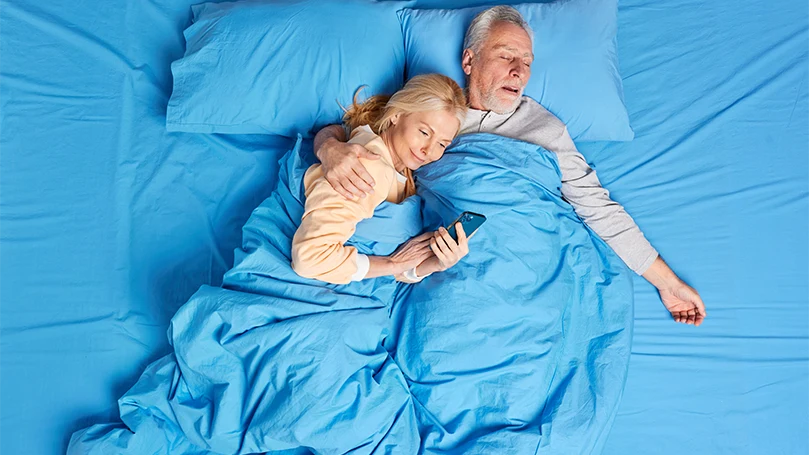
The most common cause of sleep apnea and snoring is an obstruction in your throat that blocks your airways, and the condition is generally worsened when you're resting on a flat bed. Therefore, adjustable beds and inclined sleep might just offer much-needed relief.
Less Acid Reflux
Gastroesophageal reflux disease or GERD is a fairly common condition also known as acid reflux. This condition causes stomach acid to end up in your oesophagus, leading to irritation, burning, and coughing. This is not only painful and uncomfortable, but it can also keep you up at night.
However, sleeping on an incline is said to relieve these symptoms and improve sleep. It all boils down to raising your head and torso and allowing the gravity to keep the acid reflux down. Usually, experts recommend raising the upper body up to 8 inches.
Improved blood circulation
Aside from the upper body, adjustable beds can also elevate your lower body. This leads to improved circulation, allowing your body to easily pump blood to the heart, helping people with poor circulation to experience better sleep. Improved circulation, on its own, can lead to an array of positives.
Treatment of nervous system problems
The nervous system is what keeps our bodies functioning properly. It controls everything from thinking and breathing all the way to moving.
As you know, the nervous system is made up of the brain, spine, and extending nerves. Unfortunately, a system as complex can easily become damaged, causing all kinds of problems. Nervous system problems range from spinal cord injuries, all the way to horrible conditions like multiple sclerosis and cerebral palsy.
It is said that sleeping at an angle may alleviate some of the symptoms (like pain) associated with these conditions, simply by reducing the pressure on the spine and surrounding nerves.
Treatment of breathing disorders
Apart from sleep apnea and snoring, inclined bed therapy (IBT) could help you alleviate symptoms of other breathing disorders, and even help in treating them.
It is said that inclined bed therapy can alleviate the symptoms of various respiratory disorders including hypoventilation and nocturnal hypoxemia, simply by improving your breathing during the night.
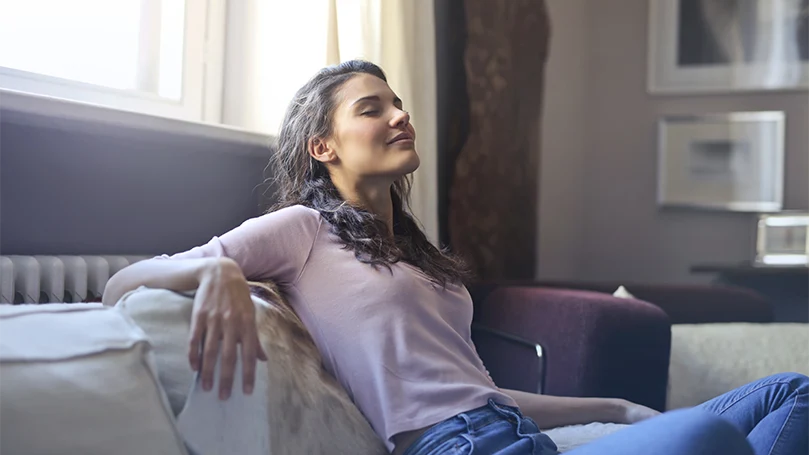
Improved cognition
It is believed that sleeping at an angle could improve your cognition by improving the process called brain detoxification.
Research suggests that our brains detoxify themselves while we sleep, by flushing out the harmful molecules associated with neurodegeneration. This flushing system is also known as glymphatic system, which is responsible for controlling the flow of cerebrospinal fluid.
Now, the evidence to support this theory or belief is somewhat present, although it has not been proven that inclined sleeping directly affects this detoxication process. Instead, it is believed that promoting better sleep through inclined bed therapy helps boost the detoxication process.
Does inclined bed therapy have any side effects?
Sleeping in an upright position isn't perfect. In fact, there are several side effects associated with it. While IBT might be good for treating spinal cord injury, it can also worsen some other issues and conditions.
Adults at a higher risk of blood clots should avoid it
Hypercoagulable state or thrombophilia is a condition where the blood clots way too easily, and people suffering from this condition are more likely to develop blood clots. And while it is true that sleeping with your legs elevated can help with varicose veins, it could also cause deep vein thrombosis in patients suffering from thrombophilia. Therefore, we'd advise consulting with your doctor before trying out IBT.
Parents should not treat their babies with included bed therapy
IBT is not safe for babies. Unlike adults, babies can't sleep at an incline. In fact, when they do, the exact opposite happens.
Sleeping at an incline can actually lead to the compression of the child's airways, which could lead to suffocation.
Therefore, keep your child sleeping on their backs on a flat surface, and avoid inclined bed therapy at all costs.
Can inclined bed therapy treat Alzheimer's disease?
Patients suffering from Alzheimer's disease often suffer from disrupted circadian rhythm, causing them to lose sleep during the night and sleep during the day. Since inclined bed therapy has been linked to improved sleep and brain detoxification, which helps improve the brain's ability to function, it is somewhat natural to assume that patients who have Alzheimer's could benefit from sleeping with their heads slightly uphill.
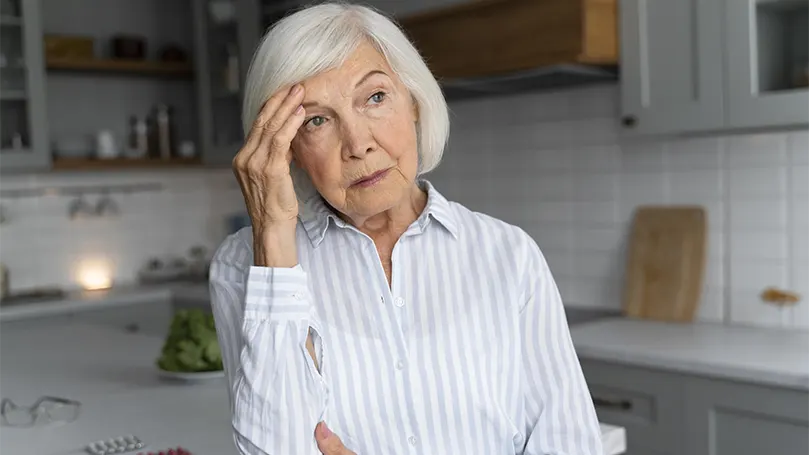
According to a 2019 study, “Head Position During Sleep: Potential Implications for Patients with Neurodegenerative Disease”, different head positions during the night are affecting the patients' ability to sleep, although no evidence was found to support the theory that inclined bed therapy could treat Alzheimer's disease.
What can I use to elevate my head?
Raising your head is an ancient practice. The ancient Egyptians slept on wooden or marble pillows with their heads held high, the Chinese used jade, and we use regular pillows. However, the best way to elevate your head by a few inches is to use an adjustable bed with an appropriate mattress.
That way, you won't have to suffer from potential neck issues because you'll keep your whole torso at an angle, allowing you to get a good night's sleep.
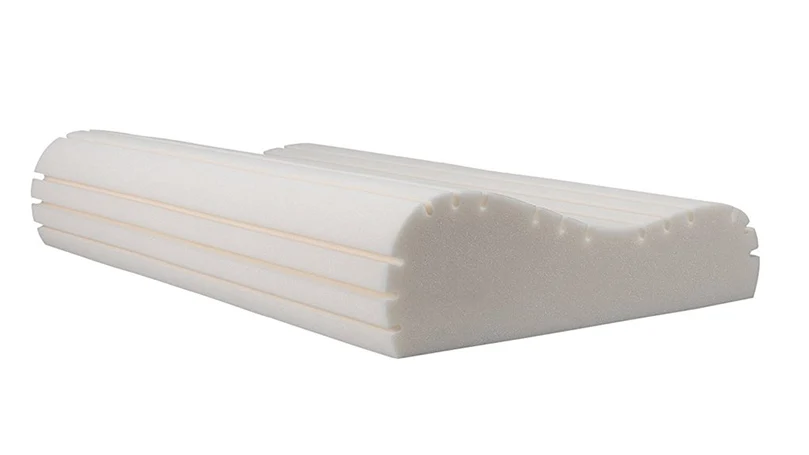
If you can't afford to spend money on an adjustable bed – a wedge pillow is a decent alternative. It can be used to both lift your head and your legs and knees, depending on your needs and preferences.
How long should I practice inclined bed therapy?
Your quest for better rest and improved sleep quality might be a lengthy one. To practice inclined bed therapy, in the beginning, you will want to elevate the head end of your bed ever so slightly. Don't go over nine inches. It's best to start at around five or six and work your way from there.
At first, it will probably feel weird and even uncomfortable, but if you stick with it for a few days or weeks, you will most likely get accustomed to it.
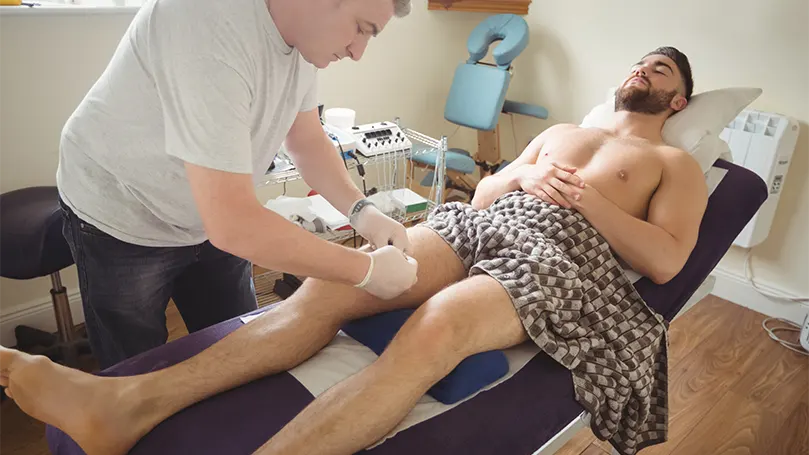
On average, we'd say it takes about two weeks to get completely used to sleeping at an incline. However, you have to be prepared that it might not be for you. Some never get adjusted to IBT, and that's fine.
In the end, whether you get used to IBT or not doesn't really matter. The benefits are obviously there, and it can't hurt to try. You might just end up surprised with how much better off you are, sleeping at an angle.

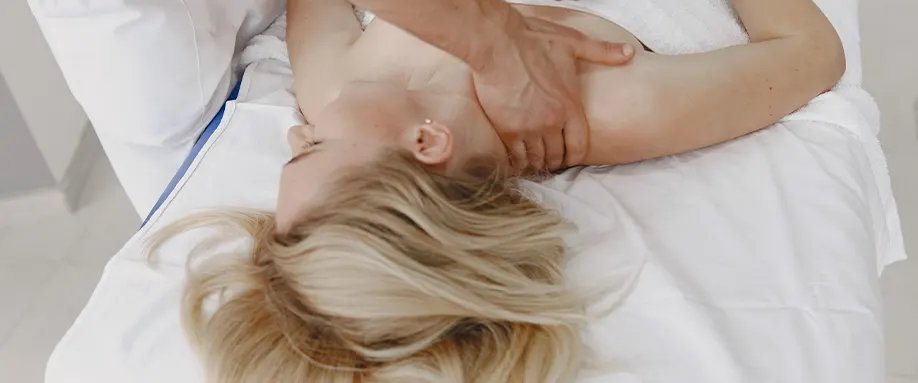












There are no comments yet
"*" indicates required fields